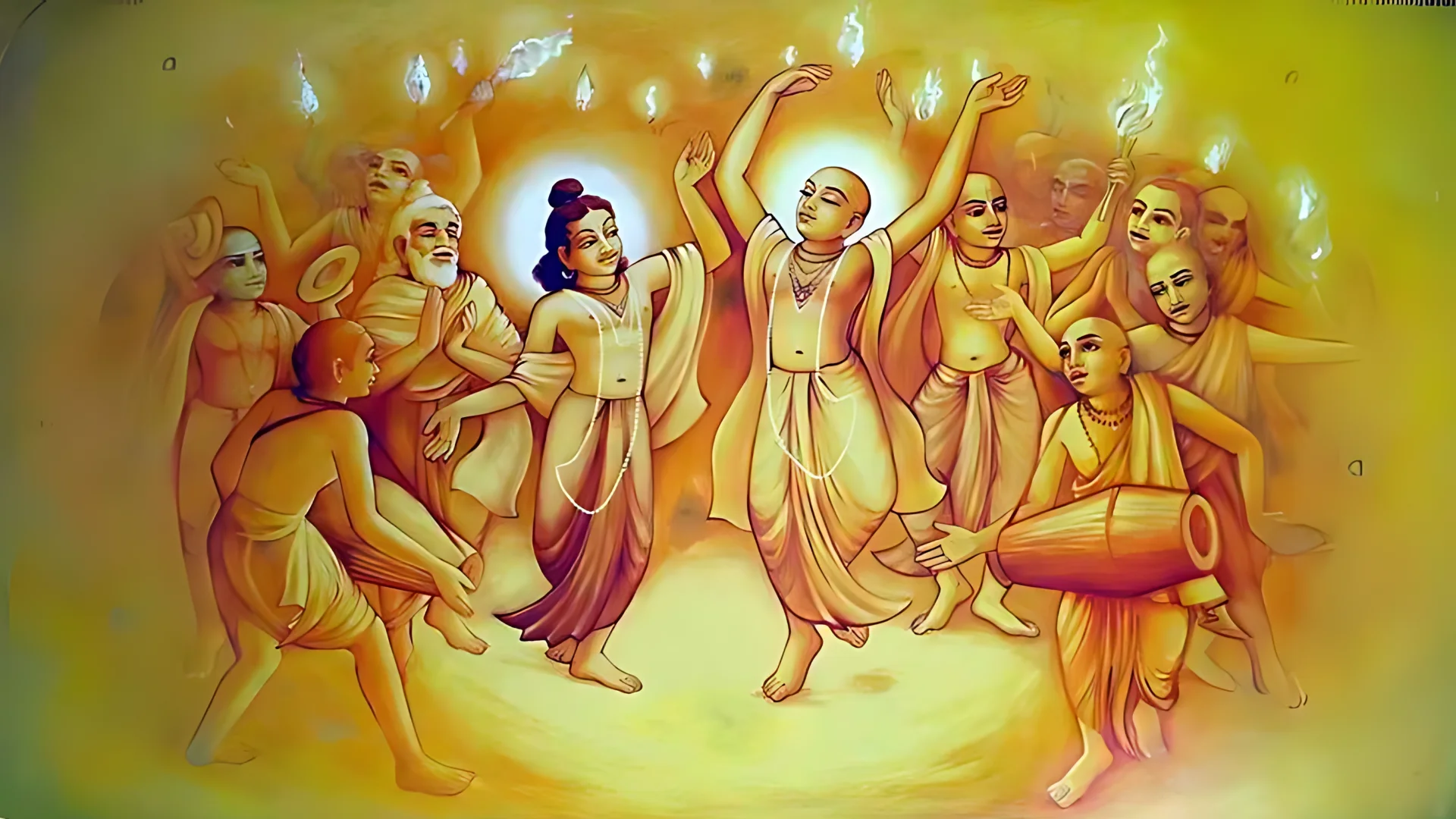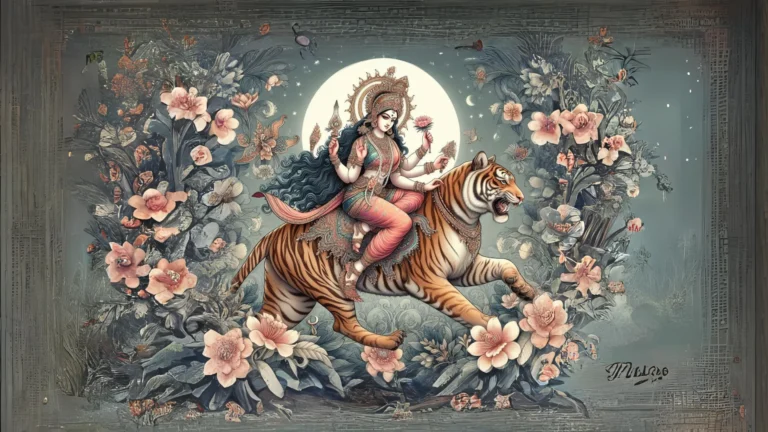Please Like the Blog and Share it for Maximum Reach
Table of Contents
What are the different paths to attain Bhagawan ?
Path that seeks Moksha is the most relevant form of Dharma. Rituals and activities observed to fulfill desires cannot qualify as a part of Sadhana, in Sanatana Dharma. In the first 9 chapters of the Bhagavad Gita, Sri Krishna explained the paths of Karma, Jnana and Bhakti Yoga as means to attain Him. But the basis of all forms of Sadhana is Bhava, this one should never forget.
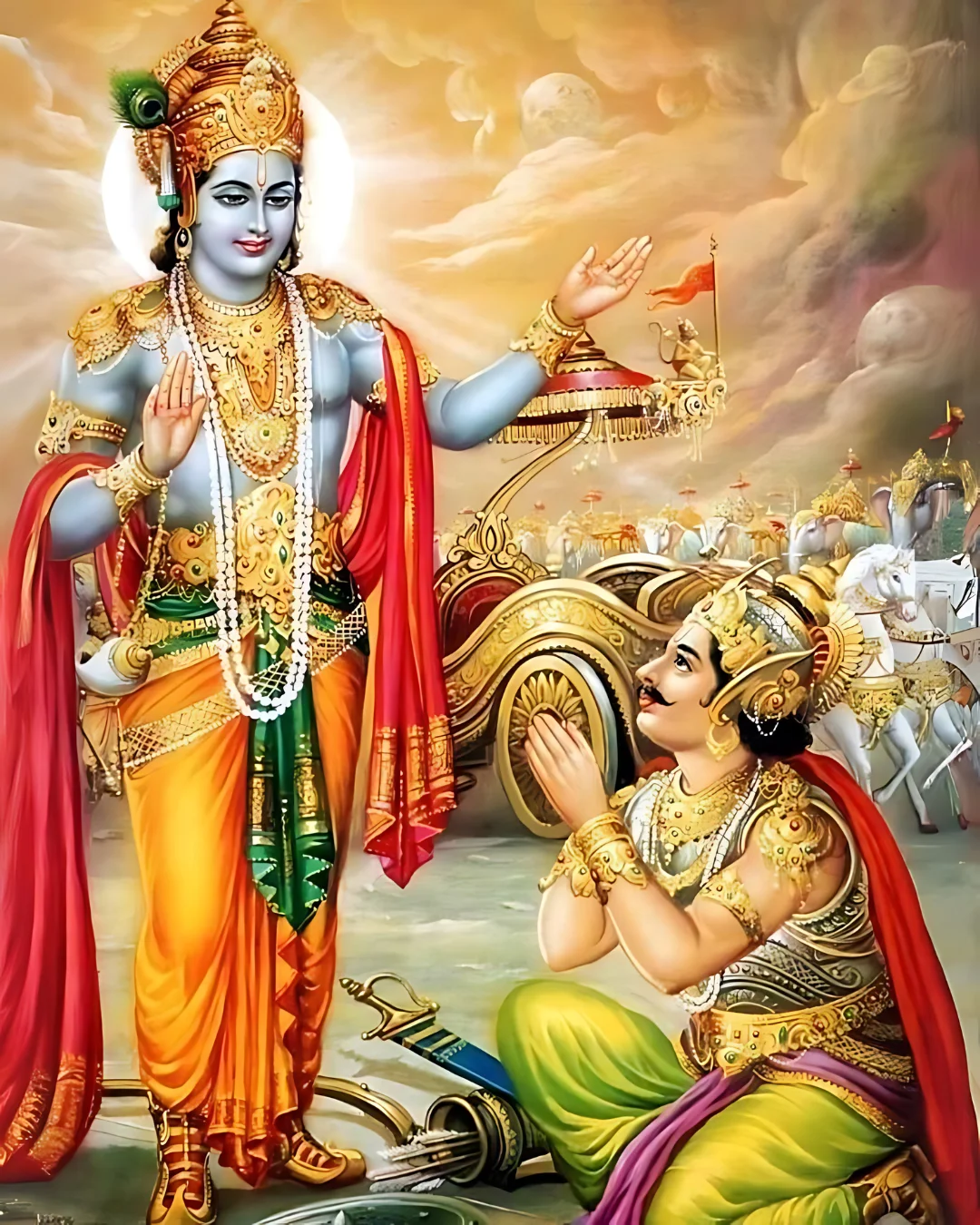
From chapter 2 to 6, Bhagawan elaborated on Karma and Jnana.“Subsequently, with these two paths, devotees can attain Bhakti, and through Bhakti one can attain Me.” Krishna says.
He clarifies these facts in chapters 7 to 9.
What is Sharanagati Bhava?
Now a true devotee does not entirely accept his effort invested to attain Bhagawan. He surrenders to the process laid by God and accepts the position of a person merely following the path. Such a devotee does not credit himself for treading the path of Sadhana but appreciates the involvement of Bhagawan in His life.
This is Sharanagati Bhava. His mood is like this: “I have no power to attain you, my Lord. But You have to show me the process which can subdue You, which can please you.” A person who has surrendered totally to the Lord makes no differentiation as “This is Karma Yoga”; “This is Jnana Yoga” or “This is Bhakti”.
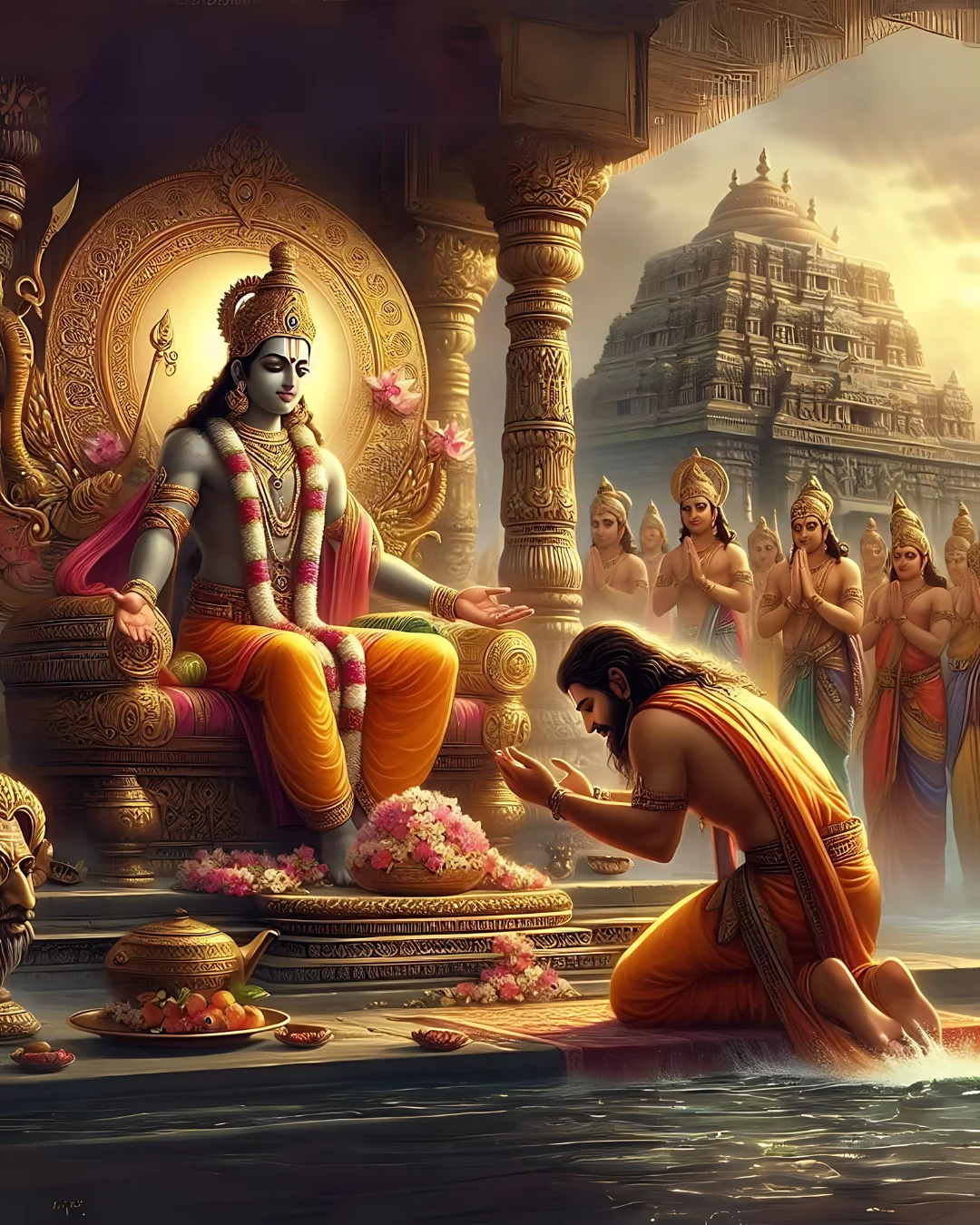
A surrendered being depends totally on the Lord and has even surrendered his deepest intelligence to the Lord. Now it is for the Lord to decide, what liberation is, what is karma or Jnana for His surrendered devotee. This is the state of being of a devotee who dives in Sharanagati.
Nothing else can qualify as Sharanagati.
Why should we depend on God?
Sharanagati is the backbone of the Bhakti process. Whatever we do with our own intelligence is bound to cheat us. Because of the flickering nature of the mind, we get cheated repeatedly. Whatever appears today changes down the line.
Some people perceive this phenomenon as ‘tragedy.’ But depending on the Lord relieves one of all misfortune. The flickering mind gets a grip over life. Let us look at the cat and the monkey example mentioned in the scriptures.
Comparing Life of a Kitten and a Baby Monkey
The cat picks up its kitten with its teeth because it has surrendered to its parent. Because of this complete faith, the mother takes full responsibility for the child’s security. With most love and care, it protects the child from all danger.

Now here, the teeth of the cat appear gentle to the kitten. But, it is not the case with the baby monkey. It is the little monkey who holds tight, his mother. Mother monkey jumping from one tree to another while the baby clasps her tight to find protection. The mother is least concerned about the child. One can imagine the consequence if the baby’s grasp loosens while the mother keeps jumping mindlessly.
When does the Lord help his Devotees?
In the first case, the kitten has no work to do. It is free of all worries. But, in the second case, the baby is under the obligation. Another fact is that the chances of the cat letting go of its hold are slim.
Because of its smallness and lack of experience, the child might bid ways with its mother! Now let us see the philosophy of “Dependence on the Lord.” None better than the Azhvars could explain this practical philosophy.
They proclaim, ” The Lord’s beautiful body fills my eye.” Please note: The Lord’s body and His self are non-different. But, our body and self are distinct. The Lord is available to us at all times and under all circumstances. If we seek Him like the baby monkey, we likely encounter failure. But, if He follows us, there is no chance of failure.
Hence, man should desire Him under all circumstances. Because He is everywhere, observing how we seek Him. Our sincerity makes Him available to us such that He never leaves us.
Why do some prayers not get answered?
We see that many times; we seek Him, but His help does not reach us. One must have faith, intense faith. He is ever-supportive. However, we lack the vision to behold His glory. When He becomes assured of our sincerity, he stands by our side.
Such an experience compels one to shed tears of joy. The Shastra claims thus. The philosophy speaking about Liberation can only qualify as Sanatana Dharma. All other definitions of Sanatana Dharma are baseless and drive us towards wasted chores. Prayers intending to live a materially fulfilled life may not get satisfied in the way we assume.
Lord has his own ways. One thing is certain that suffering shall not entrap the individual who does Sharangati. “The supposed suffering is momentary.”, this is the mood of a true Bhakta. All suffering becomes trivial as a devotee depends on the Lord completely.
Material desires not getting fulfilled simply means that our desiring is unjustified. The Shastras say: “What you are supposed to get, you’ll get.” Asking the lord for what is not for us, is baseless. The transaction of receiving and losing falls under the domain of our individual Karma.
Glories of Bhakti Devi
Nobody is ever-unfit for Bhagavati Bhakti. Dharma only purifies the able, subtle, and alert human beings. The foundation of Yoga itself stands on Yama-niyama. A serious practice of Yoga devoid of Yama and Niyama will make one diseased. Gyana (knowledge) devoid of the 4 paths might make one’s senses gratified, it can also cause illusion and make one wander in the cycle of materialism.
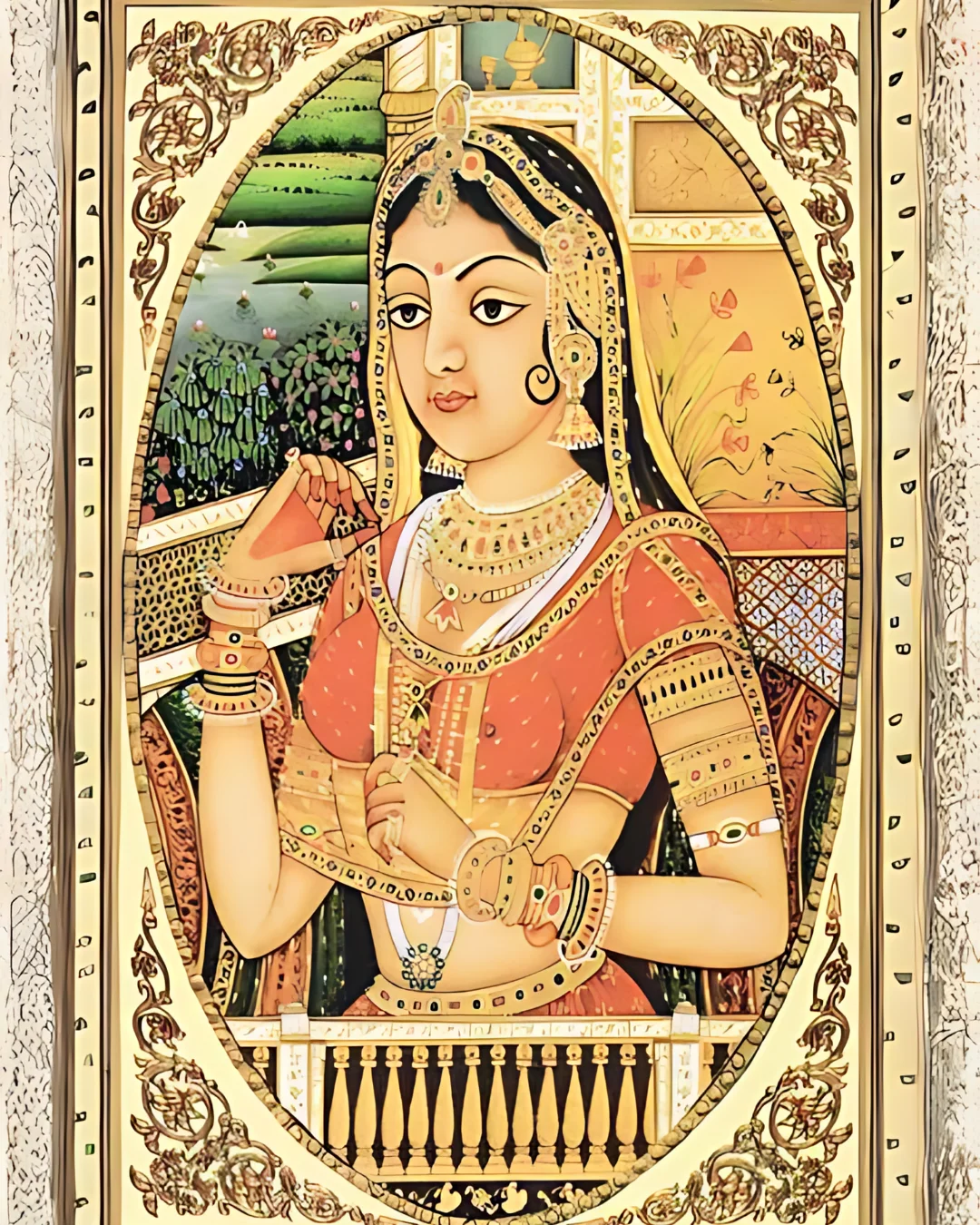
Jnana without Discrimination (विवेक), renunciation (वैराग्य), earnestness to know the self (मुमूक्षा) and the six kinds of wealth (षट्सम्पत्ति) becomes mere information but Bhagavati Bhakti is Bhuvana Pavani, she purifies creation.
The living entities have a place on her lap. Not just creatures of the crawling species but even inert trees and mountains, with her grace attain the lord. Patita Pavani Bhagavati (redeemer of the sinful) is Bhakti. By purifying the filth in the heart, Bhakti alone has the potential to manifest the blissful pastimes of Akhilesh (Eternal Lord).
Hence Bhakti Devi is the greatest of all refuge. Therefore, saints and scriptures have categorized bhakti into 2 sections- 1) Sadhanaatmika (secondary) and 2) Saadhya or (Primary).
But bhakti is never secondary. Her Sadhanatmika form is also fully potent to uplift the devotee and take him to the Lord’s spiritual abode.
The Limbs of Bhakti
Of the 9 types of Bhakti- 1) Shravan 2) Kirtan 3) Smaran 4) Paad Sevan 5) Archan 6) Vandan and 7) Dasya, there is not one, on sincerely following which, the Jiva cannot attain supreme well-being. Shri Hanumanji is the greatest admirer of listening to Sri Ram Katha.
King Parikshit attained supreme welfare through the medium of Shravana alone in a brief span of 7 days. Devarshi Narada doesn’t get tired praising the glories of Kirtana. He says, “When I sing the glories of those supreme verses, they appear so strongly in my heart as if I have called them.”
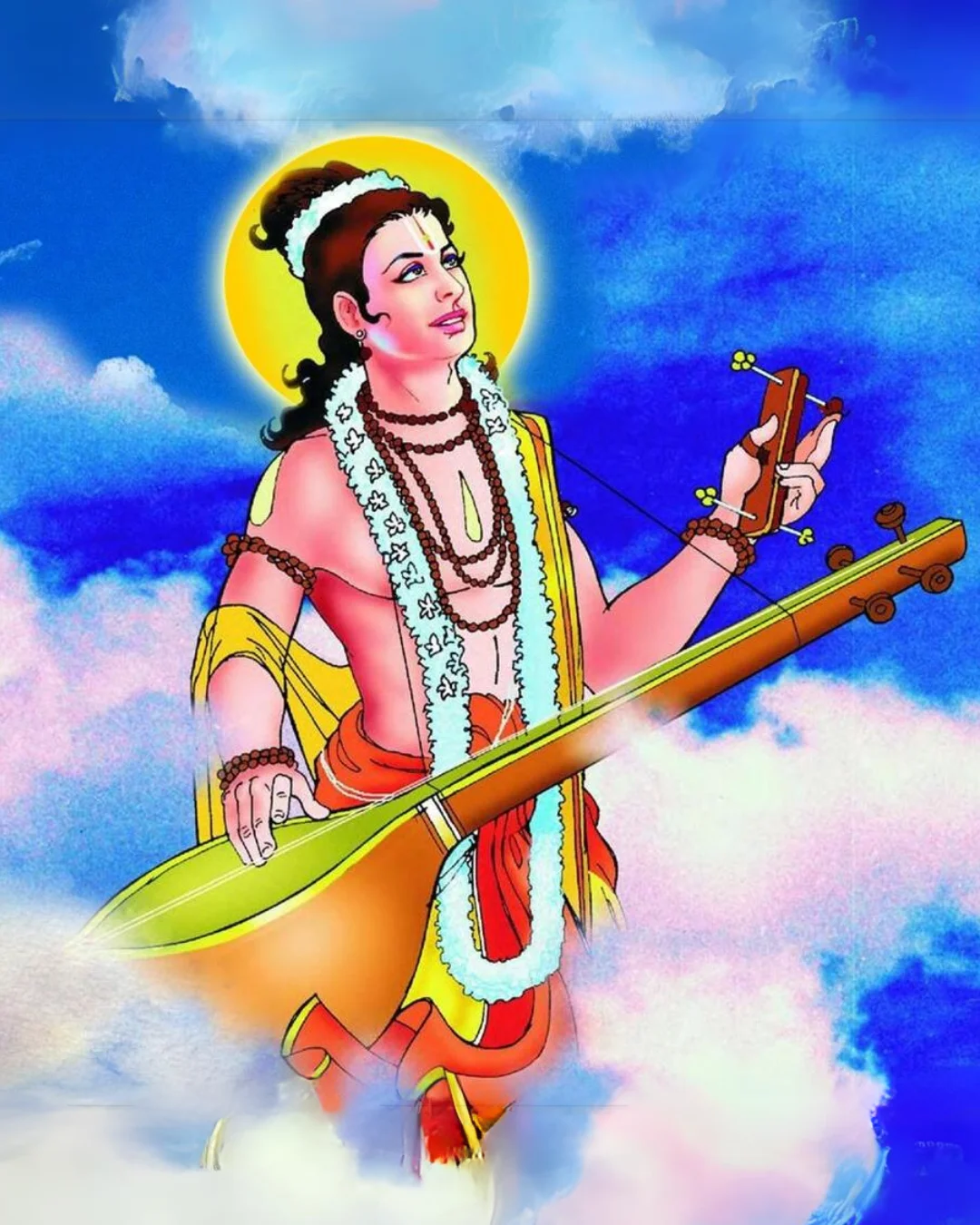
Smarana is Bhajan. In fact, on the Practical Front, Smarana is the highest form of Bhakti Sadhana. But one can never attain continuous Smarana without the undiluted Grace of a God-realized living Guru.
Though Bhajan would mean Seva, but Bhagavat seva can happen either through deity worship, or through the medium of Smarana (remembrance). Won’t Shi Krishna Smarana soak the heart in Krishna (कृष्णाकार)? Archana happens through the medium of deity worship.
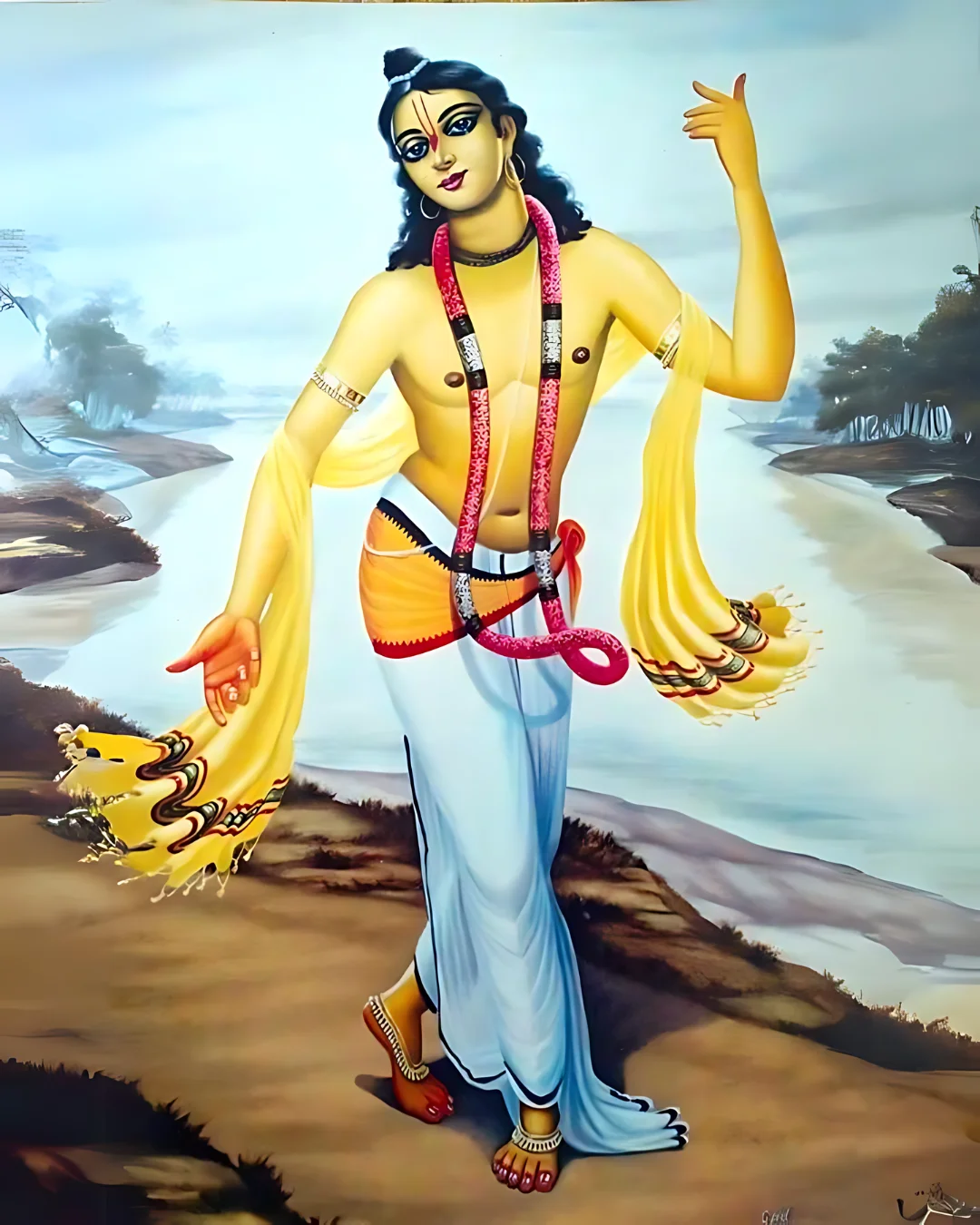
The deity worshipped is the Lord himself. Several devotees have witnessed the Supreme lord Himself in the deity form. The physical self of Shri Chaitanya Mahaprabhu and Meerabai have merged in the deity form itself.
7/8 Questions from Sanatana Dharma
The scores generated in this Quiz may or may not be absolute. There may be right or wrong answers to each Question. A percentage towards 100 indicates that you are more aligned to the overall subject matter.
Can Vandana happen without Samaran?
Vandana is special compared to Smarana.
Because you can even remember an enemy or an indifferent, unconnected person but Vandana will always be mixed with devotion. Dasya Bhava– The universal mood
Dasya is present on both sides. Dasya is Sadhan Bhakti, and it is also Sadhya Bhav. Actually, Dasya Bhava is the universal mood. Dasya gets concealed within Sakhya, Vatsalya and Madhurya Bhava. Jiva is the eternal servant of the Lord. Hence Prapatti or Sharanagati (surrender) is his innate duty. During times of crisis, the gopis, Nanda Baba everybody accept the Dasya Bhava and surrender unto Shri Krishna.
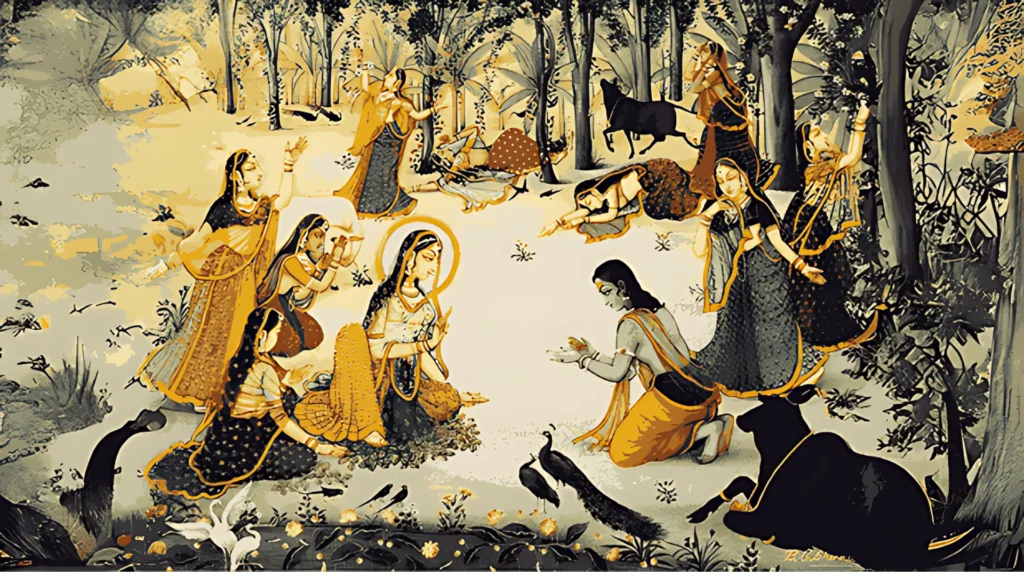
The Eternal friend Arjun right at the beginning of the Gita calls out-
शिष्यsस्तेहं शाधि मां त्वां प्रपन्नम्.
śiṣyasstehaṃ śādhi māṃ tvāṃ prapannam.
The advocate of Advaita Philosophy, Bhagavan Shankaracharya too says-
सत्यपि भेदापगमे नाथ तवाह न मामकीनस्त्वम् |
सामुद्रस्य तरंगः क्वचिदपि नहि तारङ्गस्य समुद्रः ||
satyapi bhedāpagame nātha tavāha na māmakīnastvam |
sāmudrasya taraṃgaḥ kvacidapi nahi tāraṅgasya samudraḥ ||
The illusion of duality has gone. Even on this being true, Oh Lord I am yours, you are not mine. The ocean has waves, but waves can never claim affinity over the ocean.
The Shruti says- “Aham Brahmasmi” (I am Brahman), but “Brahma Ahameva (Brahman is me)” doesn’t follow the dictum of the Shruti. Merging or non-duality, works only when the personality, the insignificant merges into the Mahat. Beyond this state alone Bhakti proper or Siddha Bhakti manifests.
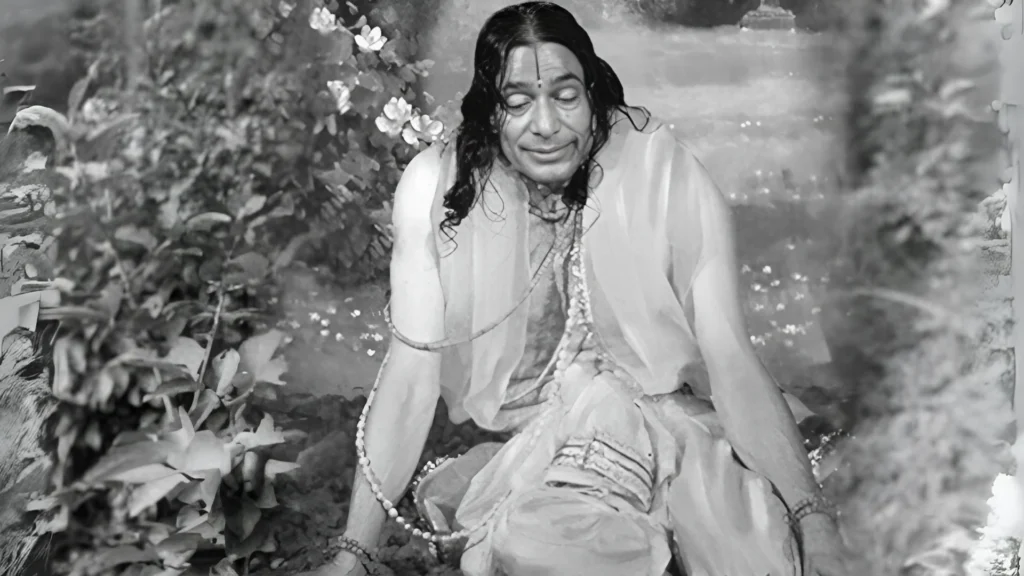
Siddha Bhakti one attains, beyond Moksha, when Guru or a Rasika Bhakta and Bhagawan transmit eternal Grace and a place for the Bhakta in the eternal Abode of Bhagawan, where the Bhakta serves Bhagawan established in his original eternal mood either in Dasya, Sakhya, Vatsalya or Madhurya. He, can even decide whether to visit Earth, by the will of the Supreme.
The merging of Mahat into the insignificant is not possible.
Can one experience Madhurya Bhav?
In Sadhya or Prematmika Bhakti, the emotional dimensions of Dasya, Sakhya, Vatslya and Madhurya, these 4 forms are present. These emotions are totally independent and eternal. It is unnecessary that there ought to be changes in them. Like in the incarnations of the Lord, none is high or low.
Just because of emergence of the pastimes, and powers, this emotion of Ansha (part), Kala (mystical attributes) and Purnavataar (Complete incarnation) sets in. Similarly, in the loving moods of Bhakti, no mood is big or small. In them, Bhaktas usually consider Madhurya to be the topmost just because of the closeness in solitude.
Those people who accept Madhurya Bhava, do they really attain Madhurya?
The Madhurya Bhava present in the eternal couple of Shri Lakshmi-Narayana, Shri Videha-Nandini-Rama and Shri Radha and Nanda Nandan is mature.
Among the practitioners of Kinkari, Dasi, Sakhi and Manjari Bhava worship of Shri Lakshmi, Shri Janaki, and Shri Radha, is Dasya the central mood or Madhurya, this is worth pondering. In Shri Lakshmi and Narayan, Sita and Rama and Sri Radha and Krishna there is total oneness, this, Bhaktas eulogize.
Then towards Shri Krishna it is Dasya and the same Dasya Bhav towards Shri Radha is Madhurya, this belief doesn’t have a solid basis. It is called Madhurya only because it comprises the contemplation of the eternal couple Kishora and Kishori’s confidential pastimes and get entry into their Nitya Nikunja and gain the right to serve them.

The Madhurya Sampradayas are functional in this context. In all the Vaishnava Sampradayas in the country, Dasya Sampradaya exists as a default.
Sampradaya for Dasya and Madhurya Bhav
The Shri Sampradaya of Shri Ramanujacharya and the Vaishnava Sampradaya of Shri Ramanandacharaya are the Sampradaya’s for Dasya Bhava. It is a unique thing that Madhurya Bhava is also amply present in them.
In Shri Ramananda Sampradaya, Sakhi Bhava or Sakhi Sampradaya has become widespread and most popular. The sentiments of the devotees of these Sampradayas is no less intense than Krishna devotees. All Sampradayas that worship Shri Krishna, worship Shri Radha-Krishna, get suffused with Madhurya Bhav.
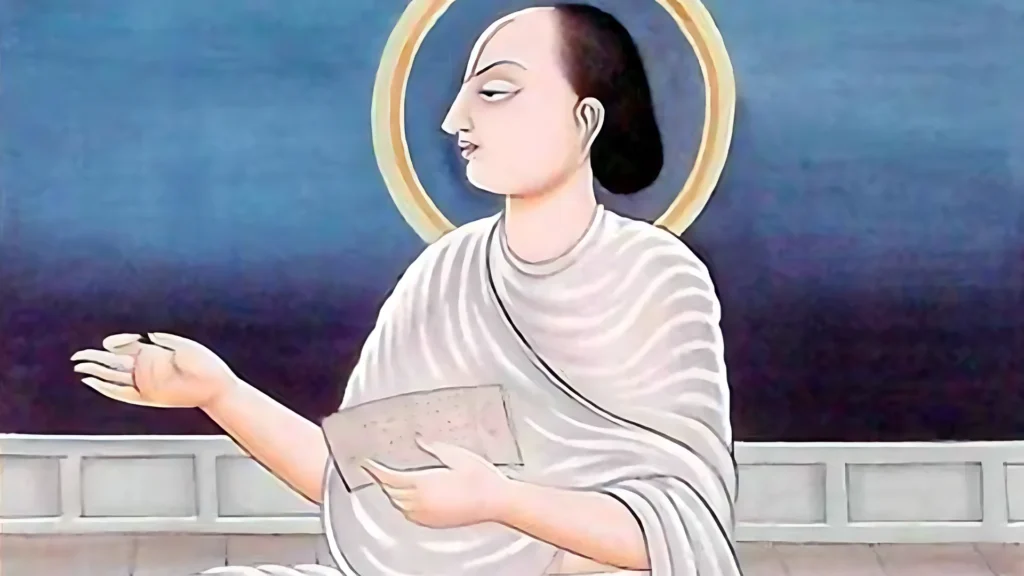
Just the Pushti Marga of Shri Vallabhacharya states that following Vatsalya Bhava is the greatest for Sadhan. The worship of Bala Krishna, and devotion towards Him are the key features of this Sampradaya. But even this Sampradaya considers Madhurya Bhava as the eventual goal.
Hence this cannot be called a pure Sampradaya for Vatsalya Bhava. Here, in Krishna devotees, the Varkari Sampradaya of Maharashtra is worth a mention. The Varkari Sampradaya mainly worships Sri Dwarikadheesh Shri Krishna (The kingly form of the Lord).
Rukmai Vitthal means mother (आई) Rukmini and Vitthal Shri Krishna are the prominent deities. Apart from this difference, in terms of philosophy, it accepts Bhakti integrated with Advaita Vedanta. In the mood of worship Dasya Bhava is prominent because, if the deity is the all opulent Shri Dwarika Naath, then Dasya can be most approachable towards him.
There are no Sampradayas for Sakhya on a broad level. But it is present in a hidden form in the main Bhakti Sampradayas. However, great devotees with Sakhya and Vatsalya Bhavas are no less, their tradition was being passed from the ancient times, but their Sampradaya did not become very prominent.
One prominent Vatsalya Sampradaya is the Rudra Sampradaya started by Vinshnuswami and popularized by the great Bhakta Sri Vallabhacharya, from the south who popularized the mood of Vatsalya towards Bhagawan in North India, especially in Gujarat and Braja.
In widespread Sampradayas too, outstanding personalities have always come with Sakhya, and Vatsalya Bhava developed in them. In Rama worship, there is this Samapradaya of “Ramsakhaji Maharaj”, but there too Sakhya bhav couldn’t purely remain.
In Shri Valabhacharya’s Sampradaya during the times of his son Goswami VitthalNaathji and grandson Goswami GokulNaathji, the famous groups of 8 poets (अष्टछाप), were present, in them Soordas, and many other pioneers absorbed in Sakhya and Vatsalya Bhava were present.
In them the Vatsalya of Chacha Vrindavandasji is clear. The famous Sindhi saint Kokil Sai, the saint of Vrindavan, Anandi Mai are the embodiments of Vatsalysa Bhava. Such names and examples are many.
Being in the traditional Sampradaya of Madhurya Bhava, the renowned saint Gwariya Babaji was the friend of Shyamasundara. In this manner, saints who have nurtured Sakhya and Vatsalya Bhava keep coming, but Sakhya and Vatsalya Sampradayas didn’t run.
In Dasya the tradition of Dasanudas, servant of servants prevails. Hence, there is no difficulty for a Dasya Sampradaya to run. Even in Madhurya, the Manjiris, Sakhis and Dasis follow commandments and are obedient. Hence even in Madhurya, the tradition of Guru and Shishya can last.
Although there is no distinct Sampradaya for Vatsalya, Guru-shishya Parampara cannot be impossible here. Because parents have Das and Dasis (servants), and even they have Vatsalya. Even the servants get the full opportunity of parenthood but those who subscribe to Sakhya Bhava, they are also Sakhas.
There is very less difference of big and small in them. There is no room for the position of Guru-Shishya in them. Though one Sakha might learn something from another Sakha, but both stand at an equal pedestal. Hence it is not natural for a Sakhya Bhava Sampradaya to run.
Please Like the Blog and Share it for Maximum Reach

